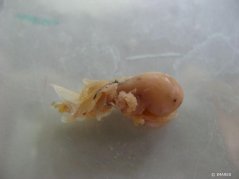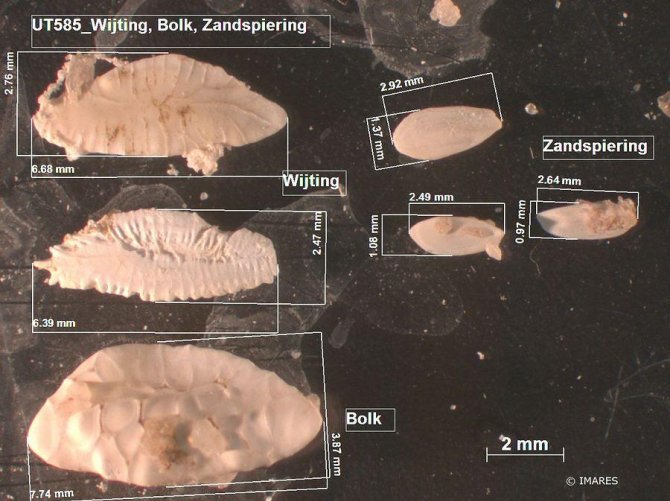
category_service_dienst
Stomach content analysis
The stomach contents of different species of birds, fish and marine mammals can be analysed at Wageningen Marine Research.
Northern fulmars
Large quantities of waste are still being dumped in the North Sea. Northern fulmars, birds that look superficially like gulls, interpret small pieces of litter as food; they consume the litter, but cannot digest it. The stomach contents of dead birds are therefore analysed by Wageningen Marine Research to determine the composition and quantity of this floating waste. This provides an indicator for the quantity of floating waste on the North Sea.

Fish
Wageningen Marine Research specialises in studying fish stomachs.
The most direct way to study a food web is to examine what an organism eats. A fish stomach may contain plankton, other fish or benthic animals.
In 1981, Prof. Niels Daan began a major campaign to map out the food web of the North Sea. Researchers analysed the stomach contents of tens of thousands of fish from commercially important species, a process that took years. This campaign was repeated in 1991. During the last decade, the emphasis has shifted to non-commercial species, because knowledge about these species is often lacking.
Marine mammals
Wageningen Marine Research and cooperating institutes conduct stomach contents research on beached harbour porpoises and other marine mammals to determine the diet of these animals.
The diet research is based on otoliths, fatty acids, isotopes and the remains of prey animals.
